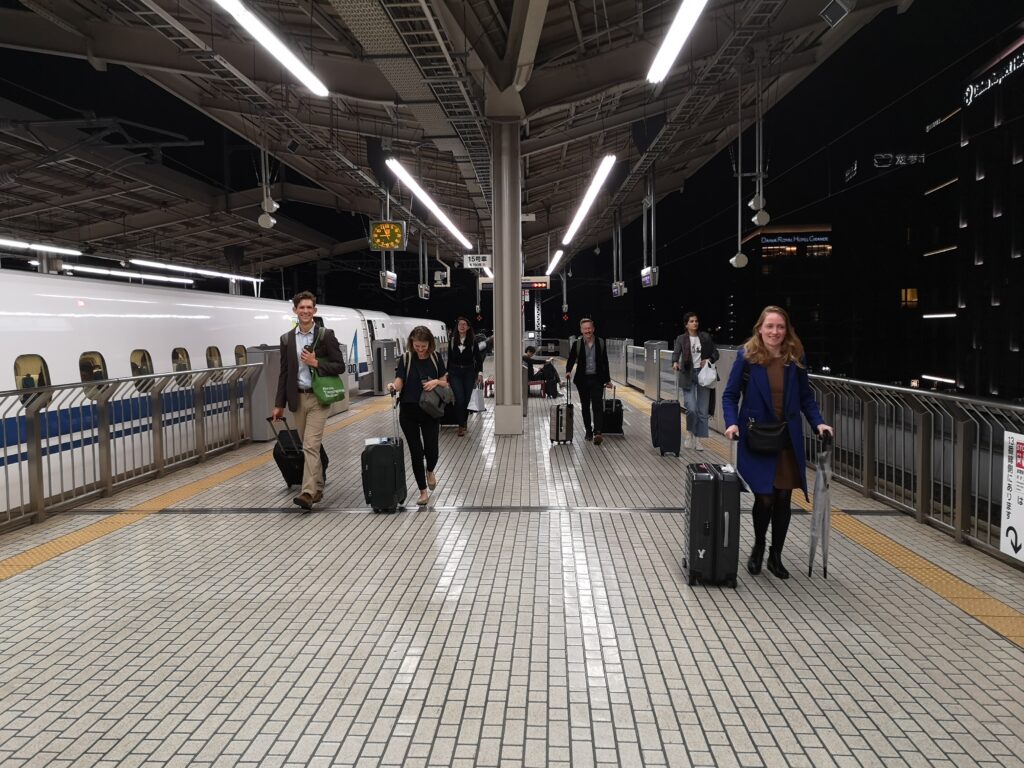In this ten-day trip, we will visit many of the most important religious and metropolitan sites of “classical” and “early medieval” Japan (ca. 700 – 1300). We begin in Nara, the capital of Japan from 710-784. Here we will visit the large temple complex Tōdaiji (with its monumental bronze icon of the Buddha Vairocana), the treasure hall of the temple Kōfukuji (famed for its sculptures), and the Shinto shrine of Kasuga Taisha. We will also visit the important collections of Buddhist art and ritual implements at the Nara National Museum.
The trip is deliberately timed to make possible a visit to a special, two-week-long exhibition of artifacts from the Shōsōin Repository (an eighth-century collection of luxury objects, many of which came to Japan via trade with the continent). This annual exhibition, in its 70th year, consistently ranks as one of the most heavily trafficked exhibitions in the world, a testament both to the enduring appeal of such objects and their central place in Japanese museum culture.
From Nara we will travel to the sacred Mount Kōya, founded by the eighth-century polymath Kūkai. There we will visit the Hall of Numinous Treasures (Reihōkan), hike the necropolis and temple grounds, and stay overnight at a subtemple on the mountain. The next morning, we will make our way from Mount Kōya to deep within the mountains of the Kii Peninsula. Here we will join the Kumano Kodō, a series of medieval pilgrimage routes that snake through the mountains connecting three important Shinto shrines (the Kumano Sanzan). It is, along with Santiago de Compostela, one of two pilgrimage routes inscribed as UNESCO World Heritage Sites. After a hike to the main shrine of Kumano, we will spend a night at a hot spring before traveling to the last two of the shrines, ending with the Shinto goshintai of Nachi Falls.
Following these two days in the rural Kii Peninsula, we will return to Kyoto by train in order to spend a few days visiting key sites in the premodern capital of Japan. Among the destinations are the Hall of Thirty-Three Bays, Kiyomizudera, Rokuharamitsuji, Seiryōji (home of the legendary “first” icon of the Buddha), and the Byōdōin. We end with a return trip back to Tokyo to see the second rotation of the Shōsōin Exhibition there, a perfect bookend to the journey. Days are also punctuated by occasional two-to-three-hour seminars during which we can reflect on what we have seen and workshop our ongoing research projects.

